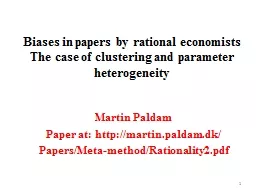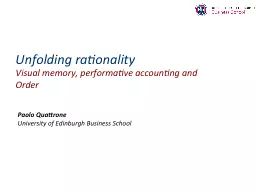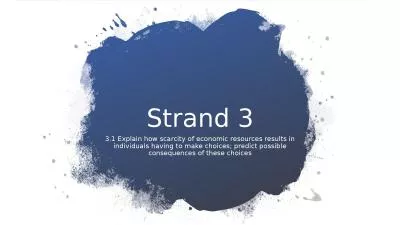PPT-Chapter Five Choice Economic Rationality
Author : pamella-moone | Published Date : 2018-03-12
The principal behavioral postulate is that a decisionmaker chooses its most preferred alternative from those available to it The available choices constitute the
Presentation Embed Code
Download Presentation
Download Presentation The PPT/PDF document "Chapter Five Choice Economic Rationality" is the property of its rightful owner. Permission is granted to download and print the materials on this website for personal, non-commercial use only, and to display it on your personal computer provided you do not modify the materials and that you retain all copyright notices contained in the materials. By downloading content from our website, you accept the terms of this agreement.
Chapter Five Choice Economic Rationality: Transcript
Download Rules Of Document
"Chapter Five Choice Economic Rationality"The content belongs to its owner. You may download and print it for personal use, without modification, and keep all copyright notices. By downloading, you agree to these terms.
Related Documents














